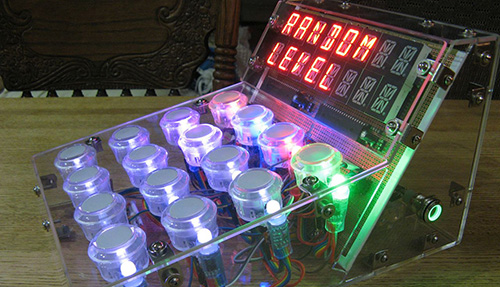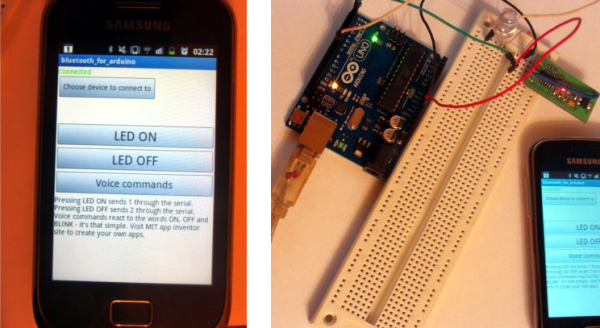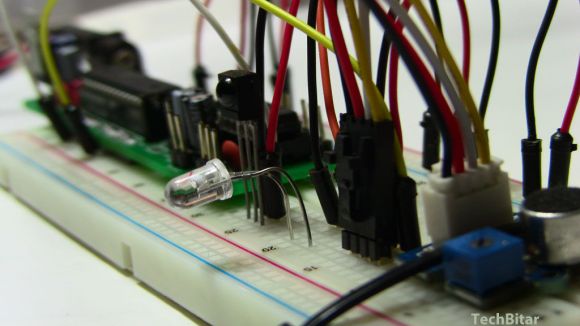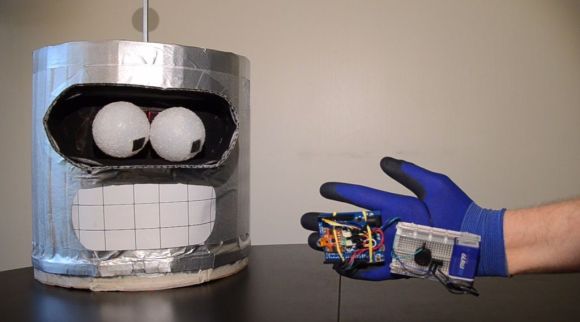
About a year ago, [Anthony] decided to embark on his biggest project to date. He wanted something with a ton of LEDs, so when the idea of recreating the classic electronic Lights Out game came to mind, he knew he had the makings of a killer project. The finished Lights Out arcade box is a wonderful piece of work with sixteen 17-segment displays and just as many LED illuminated arcade buttons.
By far the most impressive feature of [Anthony]’s project are the two rows of 17-segment displays. These are controlled by two MAX6954 LED display drivers on a beautiful wire wrapped board. The 16 buttons for the game are translucent arcade buttons that compliment the RGB LED strip very nicely.
A great display and a whole bunch of LEDs don’t make a game, though. [Anthony] came across this article on JSTOR that told him how to create new 4×4 games of Lights Out and solve them algorithmically to get the total number of moves required to solve the puzzle. As you can see in this video, it’s a little hard to solve the puzzle in the minimum amount of moves. Still, we have to commend [Anthony] for a great project.
















